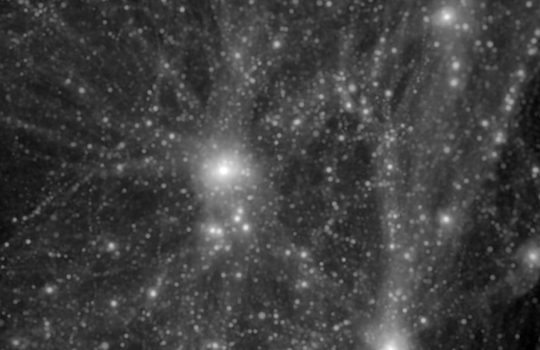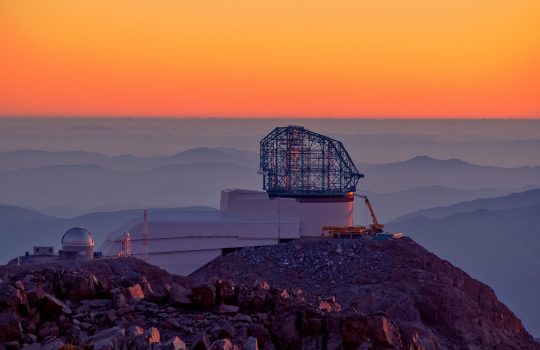Accelerator makes cross-country trek to enable laser upgrade
From Jefferson Lab, Nov. 20, 2020: Thomas Jefferson National Accelerator Facility has shipped the final new section of accelerator that it has built for an upgrade of the Linac Coherent Light Source. The section of accelerator, called a cryomodule, has begun a cross-country road trip to SLAC National Accelerator Laboratory, where it will be installed in LCLS-II, the world’s brightest X-ray laser. The upgraded LCLS will boast 37 cryomodules in total. Of those, 18 are from Jefferson Lab (plus three spares), and the rest will come from Fermilab.









